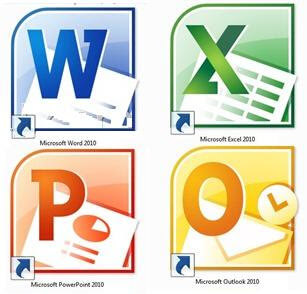What is the full form of DP(i) DP: Display PictureDP stands for Display Picture. It represents a photo which is generally used to upload on a social networking site like Facebook, Twitter, Tumblr etc. Display picture can be defined as: "A highlighted picture of one person on social media or other internet chat profile to represent his visual identity." It is also known as a profile picture, but as it does not portray your profile, most people prefer to call it a Display Picture (DP). You can also crop, change contrast and brightness, change the display picture's background etc. (ii) DP: Data ProcessingData Processing is a technique that uses computer software to organise and manipulate data, usually a large amount of numeric data. It is also used to manage, analyse, calculate, process and store data. In simple words, it is the conversion of raw data to meaningful information through a process that involves computer systems, software, etc. Generally, organizations use computer systems and software to perform a series of operations to obtain information by processing raw data. The informative output is presented in the form of diagrams, reports and graphics etc. There is a large number of software available in the market to process the data. Some of them are MS Word, PowerPoint, MS Excel etc. 
Data processing includes some processes like: Validation: This process ensures that supplied data is clean, correct and useful. Sorting: It is used to arrange items in some sequence ascending or descending. Summarization: It is used to reduce detail data to its main points. Aggregation: It is used to combine multiple pieces of data. Analysis: It makes use of specialized and highly accurate algorithms and statistical calculations. Classification: It is used to separate data in various categories. Data processing includes some processes: Validation: This process ensures that supplied data is clean, correct and useful. Sorting: It is used to arrange items in some sequence, ascending or descending. Summarization: It is used to reduce detailed data to its main points. Aggregation: It is used to combine multiple pieces of data. Analysis: It makes use of specialized and highly accurate algorithms and statistical calculations. Classification: It is used to separate data into various categories. Various Data Processing ExamplesWhether we are aware of it or not, data processing happens every day. Here are some instances of data processing in the real world:
Processing Data to AnalyticsBig data is transforming how we all do business. Today, having a defined, efficient data processing strategy is essential to be flexible and competitive. The six processes of data processing will remain the same, but thanks to the cloud, technology has made enormous strides that have resulted in the most sophisticated, efficient, and quick data processing techniques to date. Techniques for Data ProcessingMechanical, electrical, and manual data processing are the three main categories. Manually processing data: Manual labour is used to process this kind of data. The whole process of data collection, filtering, sorting, computing, and other logical operations is carried out manually without the use of any other technical apparatus or automated software. It is a cheap approach that requires little to no equipment, but it has drawbacks, including high labour costs, high mistake rates, and a long processing time. Automated data processing: Data is processed mechanically using tools and machines. Simple instruments like calculators, typewriters, printing presses, etc., might be included in this category. With this approach, straightforward data processing activities may be completed. Although it has a lot fewer faults than human data processing, the growing amount of data has made this approach more challenging. Computerized data processing: Utilizing data processing software and algorithms, data is processed utilising contemporary technology. A set of guidelines are provided to the software so that it may process the data and provide results. Although this approach is the costliest, it offers the result with the best dependability and accuracy, together with the quickest processing times. Data Processing in The FutureThe cloud is where data processing will be in the future. Current electronic data processing techniques are convenient, but cloud technology increases their speed and efficiency. Each organisation can utilise more data and acquire more insightful insights if the data is faster and of greater quality. Businesses are seeing significant benefits as big data migrates to the cloud. Businesses now have the option to combine all of their platforms into a single, adaptable solution thanks to big data cloud technology. When software develops and is updated, cloud computing technology seamlessly blends the new with the old (as it frequently does in the big data environment). The benefits of cloud data processing are not limited to large corporations. Small businesses might really gain greatly on their own. The ability to develop and enhance capabilities as the business expands is provided by cloud platforms, which may be reasonably priced. It makes it possible for firms to grow without having to spend a lot of money.
Next TopicDVD Full Form
|
 For Videos Join Our Youtube Channel: Join Now
For Videos Join Our Youtube Channel: Join Now
Feedback
- Send your Feedback to [email protected]
Help Others, Please Share










